How Technology Can Assist Addiction Recovery
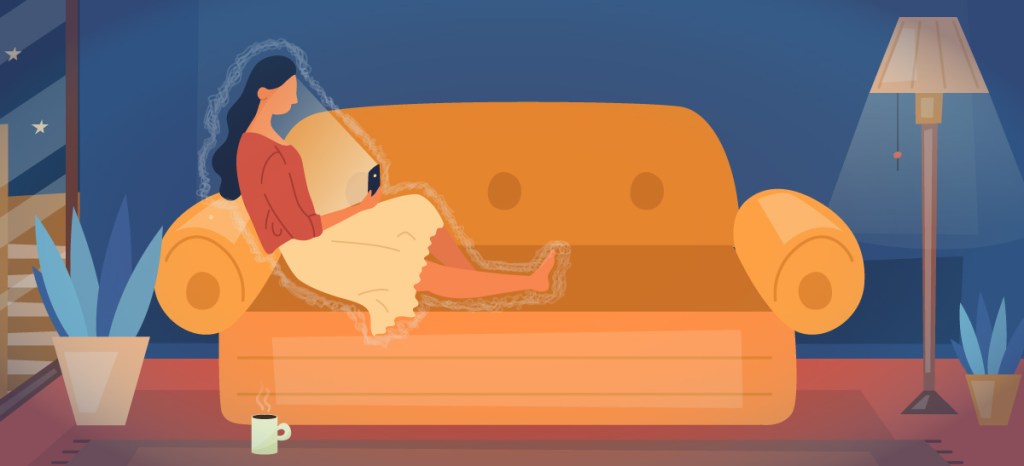
After 30 days of in-patient treatment for alcoholism, Tyler Matheny left with a major question: What now? “I didn’t have the faintest idea of what to do next,” said Matheny, who launched the sober living app YANA earlier this year.
“They said ‘Go to meetings,’ but they didn’t tell me what a good meeting actually looked like,” he recalls. “They [said], ‘You should get a sponsor.’ OK. Well, what actually makes a good sponsor?”
Specific, accessible care is vital in managing substance use disorder. But, it can be hard to find something that is both affordable, effective, and a suitable match for your needs. “I ended up in a ton of open discussion meetings, where it was just war story after war story,” Matheny said. “As addicts, we can’t even remember our own war stories. So, we’re certainly not going to remember someone else’s.”
In 2014, approximately 20.2 million adults aged 18 or older had a past year substance use disorder (SUD), but only 2.5 million received treatment at a specialty facility. Dr. Nora Vilkow, director of the National Institute on Drug Abuse (NIDA), says technology can help close the “treatment gap.”
5 Ways Technology is Helping People With Substance Use Disorder
Telemedicine is a growing practice around the United States, particularly as services move online during the COVID-19 pandemic. But there are also technology and treatment combinations that are moving beyond traditional telehealth and advancing substance use disorder treatment. Below are some of the ways experts are experimenting with technology to expand access and revolutionize care.
1. Machine Learning: PainQx
What is it? PainQx is a medical device that “can objectively assess the intensity of pain in chronic pain patients.” Inaccurate pain assessment can lead to poor pain management. For example, overtreatment could create opioid dependencies, while undertreatment results in readmissions and unnecessary suffering. The PainQx device standardizes and classifies patients’ chronic pain into levels of No Pain, Mild/Moderate Pain, or Severe Pain.
What technology does it use? PainQX uses a form of machine learning called “supervised learning.” A model learns from a training set of EEG recordings (which track brain waves) focused on identifying pain indicators. The model finds patterns and creates a predictor algorithm that is tested against another set of EEG recordings to validate accuracy.
2. Digital Therapeutics and Telehealth: reSET
What is it? reSET is a 90-day Prescription Digital Therapeutic (PDT) for substance use disorder, meant to provide cognitive behavioral therapy to patients. Some of reSET’s features include 24/7 access and a provider-patient feedback data loop.
What technology does it use? PDTs are digital medicine prescribed by practitioners and authorized by the FDA, but available online. reSET is the first FDA-approved PDT to launch and represents the next step in telehealth.
3. Biotechnology: Prapela
What is it? Prapela SVS is a hospital bassinet pad that emits gentle, random vibrations to calm newborns experiencing Neonatal Abstinence Syndrome (NAS). It is sleep cycle-friendly, non-habit forming, and significantly reduces hyperirritability and instability among babies.
What technology does it use? Prapela uses patented technology called stochastic vibrotactile stimulation (SVS), which boosts the brain’s pacemaker neurons — neurons that generate rhythmic activity. This stabilization can enhance breathing and relaxation.
4. Artificial Intelligence: Woebot Health
What is it? Woebot Health is a mental health chatbot for your smartphone that delivers cognitive behavioral therapy. The bot builds an emotional profile of users over time, checks in on their mental health and provides strategies to manage depression and anxiety.
What technology does it use? Natural language processing (NLP) is when software automates the processing, analysis, and creation of speech and text. Using conversational prompts written by clinical experts, Woebot tracks the user’s input and delivers the appropriate message to continue the conversation.
5. Virtual Reality: AppliedVR
What is it? AppliedVR’s Therapeutic VR Platform is an immersive virtual experience for patients with pain, stress and anxiety. It includes more than 40 content modules focused on relaxation, engagement and mindfulness such as guided meditation and breath visualizations.
What technology does it use? Virtual reality can assist in pain management through attention redirection — it commands the senses with an immersive, constructed environment that effectively distracts the brain from feeling pain.
There has also been a surge of smartphone apps focused on facilitating addiction recovery and sober living. Unlike the technologies described above, they are largely available to the masses and therefore come with their own unique benefits and risks.
What Are the Advantages and Risks of Using Apps in Addiction Recovery?
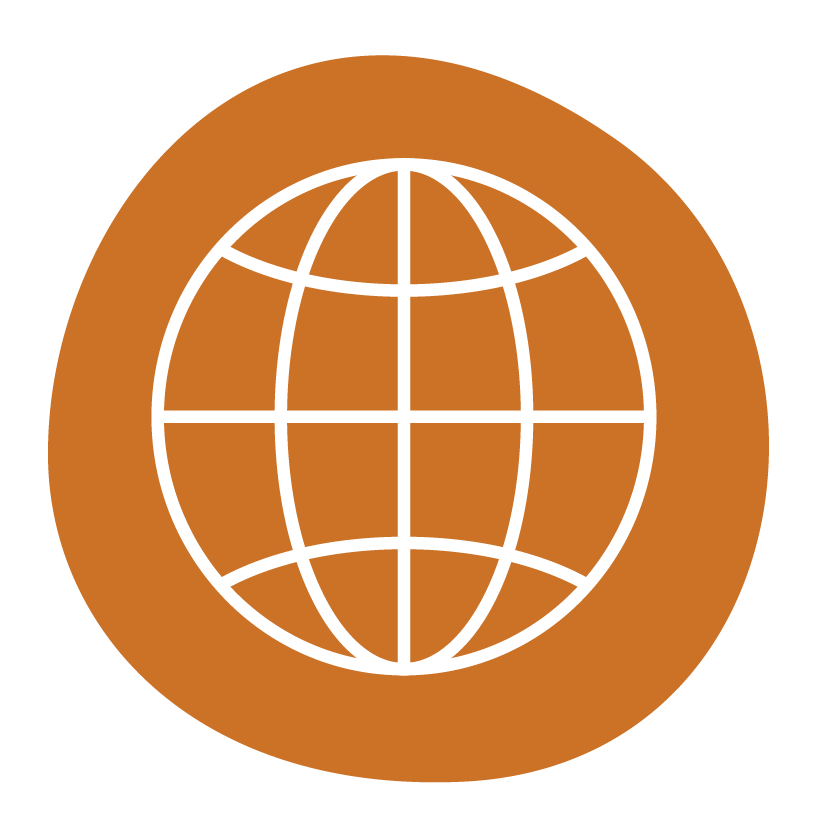
Accessibility
Advantages:
Access to quality, in-person substance use disorder treatment is not equitable. For example, rural substance use treatment centers often lack the resources of urban treatment centers. But digital resources can shrink that gap and bring tools online that are available to anyone, regardless of geography.
Digital access also helps mitigate time barriers — social networks can include people from all time zones or resources available 24/7. This could be especially helpful for those who feel most at-risk in the evenings.
Risks:
While moving communities and resources online broadens access, a quarter of rural Americans still don’t have access to high-speed internet, according to Pew Research Center. Without a stable internet connection, apps can no longer be a reliable source of information or help.
The cost of maintaining digital access via a cell phone or data plan is not affordable for everyone, especially if they are balancing additional treatment costs. Also, some apps require paid subscriptions.
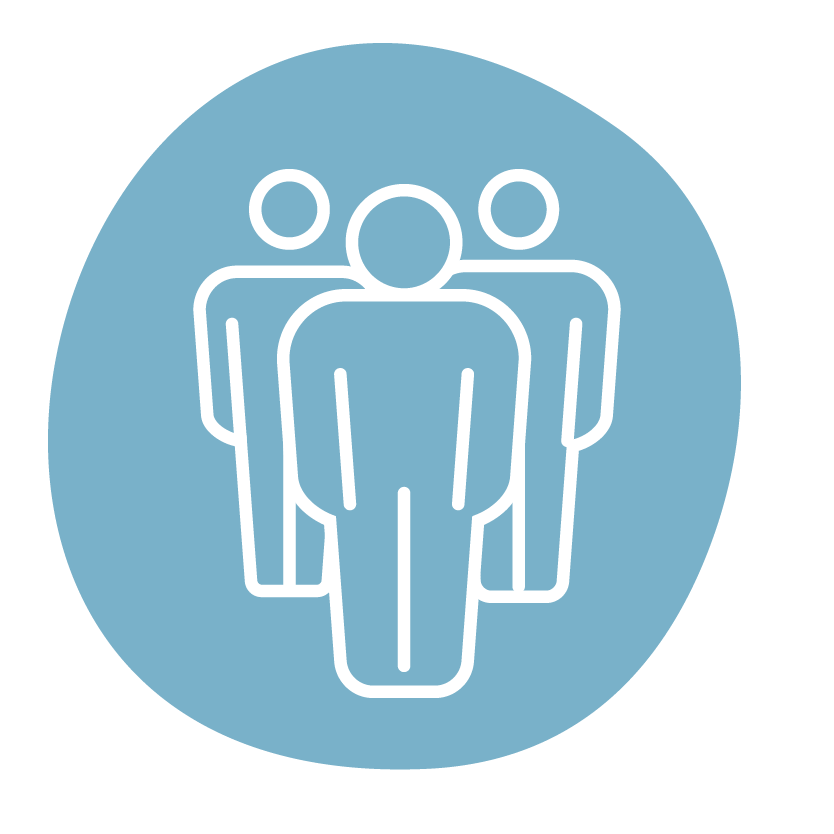
Community
Advantages:
Apps can make it easier to tap into a large network of people with similar backgrounds and experiences. Peer recovery support is when individuals in recovery support others with substance use disorder. Its benefits include increased confidence and self-esteem, a sense of control, raised empowerment scores and an increased sense that treatment is responsive.
Mann said working with others can help people visualize a path through recovery. “You may be able to hear someone’s experience that you identify with, and you might be able to say, ‘Hey. That’s a pathway. That’s something I, too, can do,’” he explained.
Risks:
With access to an expanded network comes a heightened opportunity for bad actors to find their way into the system. Like any social network, there is always a risk of encountering people with malicious intent — always be careful and safe before sharing personal information or agreeing to meet someone offline.
Additionally, online social networks are not a replacement for in-person human connection. Young adults who spend the most time on social media (at least two hours a day) are twice as likely to report feeling socially isolated, according to a 2017 study in the American Journal of Preventive Medicine.
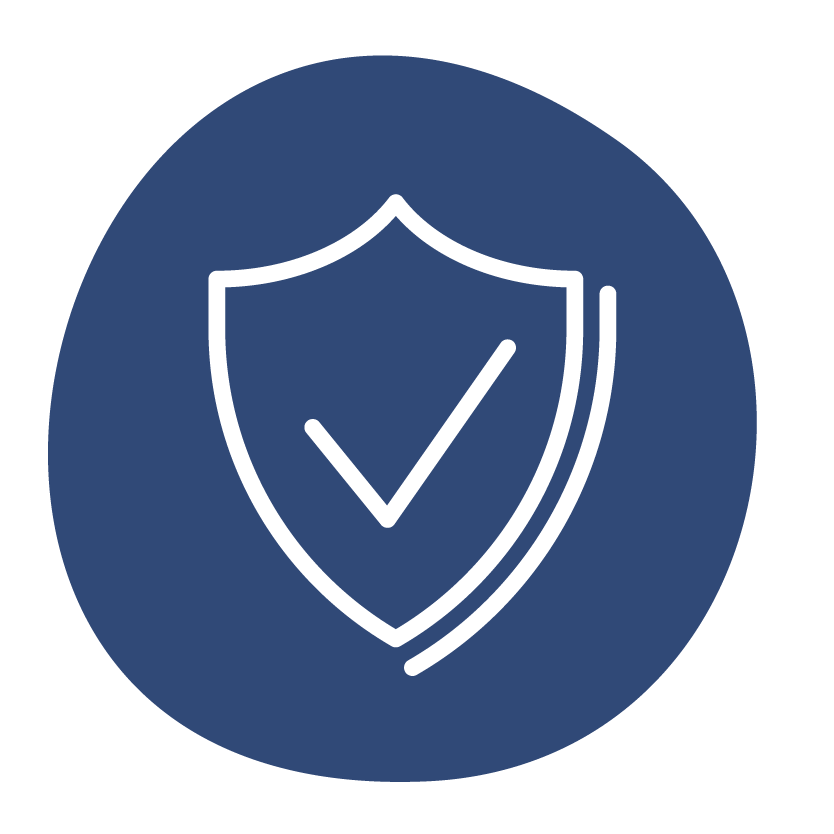
Privacy
Advantages:
Unlike in-person meetings, social networks allow those in recovery to maintain anonymity in their community. Beau Mann, founder of Sober Grid, said that in regular treatment he had to walk into a room, announce his name, and know that everyone in there could identify him.
On an app, it’s different.
“[I can] speak to someone in London and say, ‘Hey. I’m really struggling. I’m depressed, and I don’t think I can make it through the day’” Mann said. “And that person never has to know my name, but I can connect with them on the core issues and support, and I don’t have to sort of feel uncomfortable because the person is going to recognize me and relay what I said.”
Risks:
While the user maintains more control over what others see (for example, they can use a pseudonym), the host platform controls everything behind the scenes. Privacy policies are often difficult to read and written at a college reading level, making it even trickier for users to understand how their data is being stored and used.
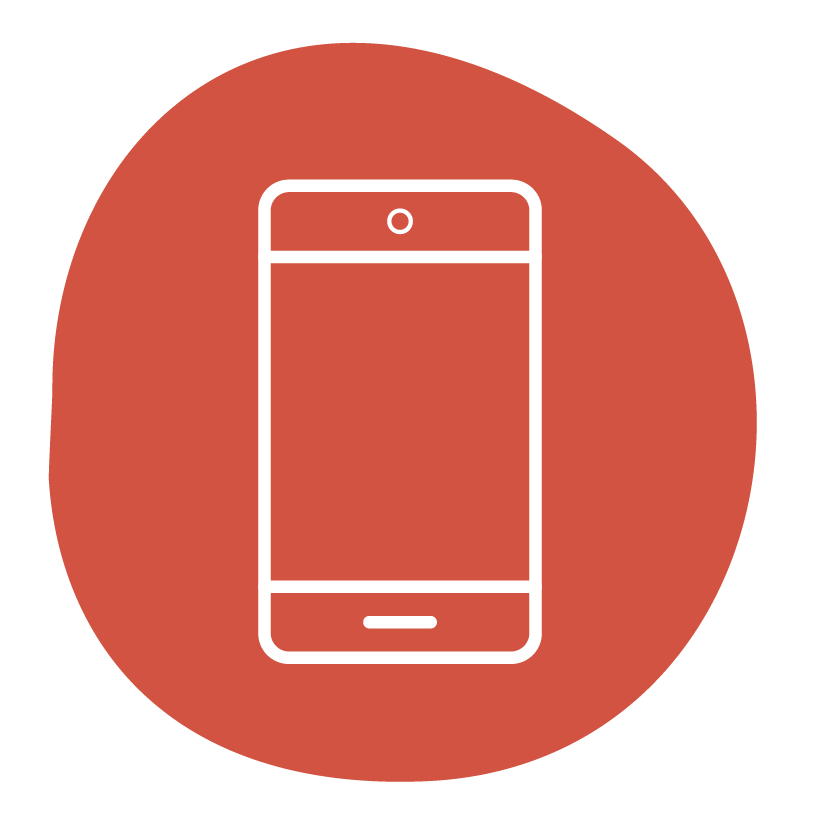
Abundance
Advantages:
While accessible, in-person care is a hurdle for many, the internet helps break down that barrier. The Alcoholics Anonymous Big Book has its own app; customizable sobriety trackers can help you keep track of recovery and meditative apps can encourage mindfulness and relaxation. There is a growing list of tools and resources those in recovery can use to complement their treatment.
Risks:
With abundance comes choice, and the initial problem Matheny faced upon leaving treatment — what to choose. And, although a great deal of information is available online, social networks are not a replacement for medical treatment or a recovery program. Matheny reiterated that point when discussing YANA: “This is not a program of recovery. It’s an addition to a program of recovery,” he said. “We encourage all of our members [and say], ‘Hey. You don’t have a sponsor? Get one. If you don’t know how to find one, let us know.’”
Because no two recovery experiences are the same, there is no one-size-fits-all app or program. If you are looking for a substance use disorder recovery app to complement existing treatment, try engaging with some of the questions below to evaluate your needs and resources.

Questions to Consider When Using Addiction Recovery Apps
Goals
- What am I looking for out of this experience? Do I want access to meetings, a network, materials or some combination of all three?
- What aspects of my treatment will this app not help?
- Do I need medical treatment this app cannot provide?
- How can this app complement my existing treatment?
Time and Resources
- Do I have a consistent and reliable internet connection?
- Do I have a mobile device that is compatible with this app?
- How much can I afford to spend?
- What time of day will I be using this most? Does that coincide with the app’s user base and schedule?
Expertise
- What kind of training do coaches, sponsors, and mentors receive?
- What philosophy (if any) does this organization follow?
- What’s the background of the app creators and team?
- What does my provider recommend?
Privacy
- How will my data be collected?
- Will my profile be searchable?
- Who can join this app?
- What is the membership verification process?
If you are looking for an app to assist your or a loved one’s substance use disorder recovery, the following organizations have lists or directories of patient-facing apps to choose from:
Additional Resources
Information on MastersinDataScience.org is not intended to be a substitute for professional medical advice. Always consult qualified professionals with any questions you may have regarding addiction or behavioral health issues.

